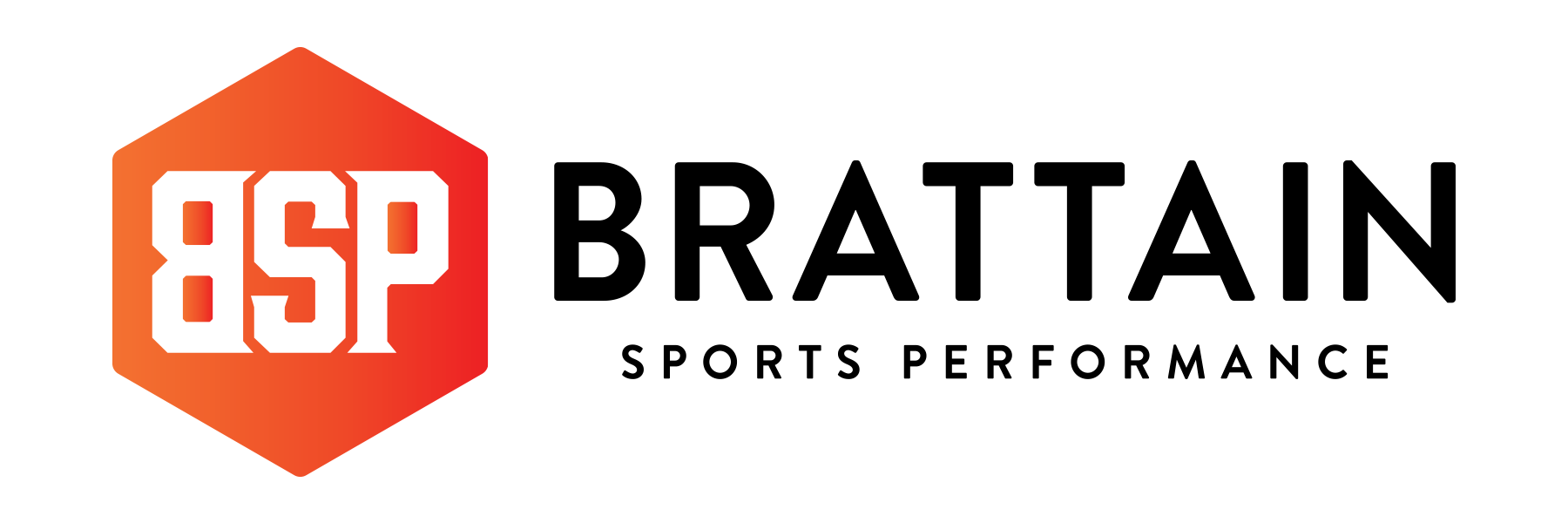What is Shoulder Care?
Within every sport there are a variety of hot button items and terms that populations like to discuss. These topics can be common injuries, training styles, the “keys” to success or the latest and greatest gadget used by professional athletes. The popularization of these ideas and products is understandable as everyone is looking for an opportunity to improve and gain an advantage over the rest of the field. However, it is important that you have all of the information before deciding to or not to use something in your own programming.
Within overhead sports (Baseball, Softball, Volleyball, Swimming, Tennis) the idea of shoulder care has been popularized over the last decade. This term refers to the idea of implementing exercises, movements, and philosophies in order to promote the health and longevity of the joint without placing it in compromising position. In order to understand shoulder care we must first understand the structure and function of the shoulder, as well as, the biomechanics of the movements we are asking the joint to perform.
Anatomy
The shoulder is a ball and socket joint. At the top of the humerus is a spherical end. This portion of the bone sits in the socket or Glenoid fossa. This type of joint allows for a greater range of motion compared the hinge joints such as the knee and elbow. The ball and socket joint is able to move in all directions.
When discussing shoulder movement in the context of shoulder care it is important to understand the Scapula (Shoulder blade) and its involvement in movement at the shoulder.
The Scapula rests on the back of the rib cage providing support and mobility to the shoulder joint. It is important to understand that the Scapula is not fixed in the position shown here. The Scapula will move in conjunction with the humerous in order to support it throughout any movement pattern.
As you can see in the image below the Scapula will rotate and elevate as the arms move over head. The same happens when the arms reach out in front or move out to the side. The Scapula will adjust and position itself on the ribcage in a way to support the movement.
Where to Begin with Shoulder Care
Implementing a shoulder care program is done in order to preserve the health of the joint by preventing any type of overuse and compensation injuries. This begins with evaluating the joint in its current situation. We must understand what the current flexibility, mobility, movement capacity, and strength looks like compared to where the joint should be for optimal performance.
We will assess each of these through our Functional Movement Screening as well as our shoulder evaluation. Based on what we find in these two screenings we will prescribe specific flexibility, mobility, stability, and strength exercises to help build the resiliency of the shoulder.
The REAL Shoulder Care Program
The information listed above is extremely important and is the basis of our program. However, if the information to follow is not being incorporated then all of the shoulder exercises in the world will not save you from an injury.
One of the most overlooked aspects of shoulder care is the impact of the rest of the body on the shoulder. For example, if the lower body is not strong then the amount of work done at the shoulder is increased in order to throw the ball at longer distances and higher velocities. Similarly, if the core musculature is not strong enough to prevent the spine from excessively extending during the delivery, the ball will be released in a different angle than what is optimal. Furthermore, if the musculature of the upper back and biceps are not adequate then the body will struggle to decelerate the arm after releasing the ball.
As you can see, “Shoulder Care”, or the prevention of injury to the shoulder, is multifaceted and consists of proper strengthening of the entire body. A true shoulder care program should incorporate lower body strengthening, core strengthening, proper scapular movement, hip mobility, rotational power training, and upper body pulling movements. If your shoulder program does not incorporate these drills then you are missing something.
In my next post I will be discussing in detail some of the drills that athletes should be using to make the most out of the training and injury prevention.



